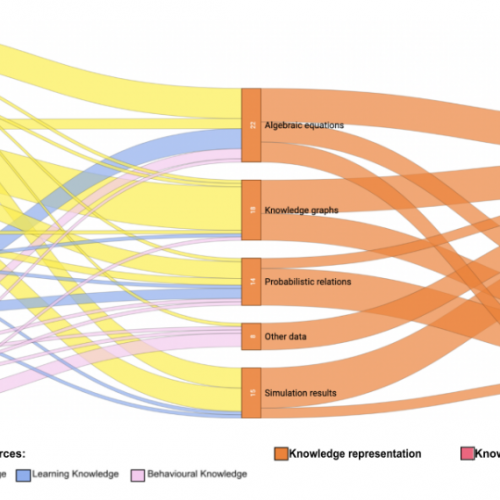The UNESCO published a new #openaccess book called "An #edtech tragedy? Educational technologies and school closures in the time of COVID-19" https://www.unesco.org/en/digital-education/ed-tech-tragedy
The book explores the social ramifications of the shift to remote learning and paints an unsettling picture.
During the COVID-19 pandemic, most learners were left behind, and technology became a barrier that mirrored and widened existing divides. For example, the increased demand for connectivity and devices strained poor families and created new forms of digital exclusion.
Digital skills training left low-level users behind; for example, students with disabilities suffered from heightened exclusion. Also, digital gender divides are amplified. For example, the participation of mothers in labour took steps backwards.
Education quality was generally narrowed and impoverished. The time dedicated to education declined dramatically. Online learning only allowed lower and slower learning gains. The chance for socialisation and acculturation diminished.
Remote learning created disengagement and dropout. Learners engaged less, achieved less and left state-provisioned education. In parallel, we witnessed an increase in child labour.
The immersion in technology was unhealthy for students. The increased screen time had a negative impact and became a source of pain, weight gain and malnutrition. Also, it created a sense of isolation, invisibility and alienation in school.
Remote learning had a sizeable environmental toll. With the ed-tech boom, new material and energy needs arose. In parallel, the need for new devices and, thus, the amount of e-waste increased.
The private sector tightened its grip on public education. There was a growth for commercial ed-tech providers. Depending on corporate infrastructure reduced government oversight. The predominance of private tools cultivates consumer behaviour in students, families and teachers.
New tech algorithms are sources of failures. These algorithms were mainly used for remote proctoring or for calculating suspicion scores. The complexity, poor transparency and limited capacity make algorithmic audits rare.
Surveillance, control and automated processes turn data into the new gold. Corporates forced consent and new levers of control. Privacy and personal data slipped away in the digital environments of education.
The book concludes with recommendations to safeguard education in the future:
- Prioritise the best interests of students and teachers
- Reaffirm the importance of in-person learning
- Strengthen digital connectivity, capacities and content
- Protect the right to education.
The analysis of what happened to education COVID-19 leaves a profound mark on ed-tech research.
The first large social experiment to use remote learning failed and was a tragedy for many.
Edtech researchers should deeply reflect on this.



